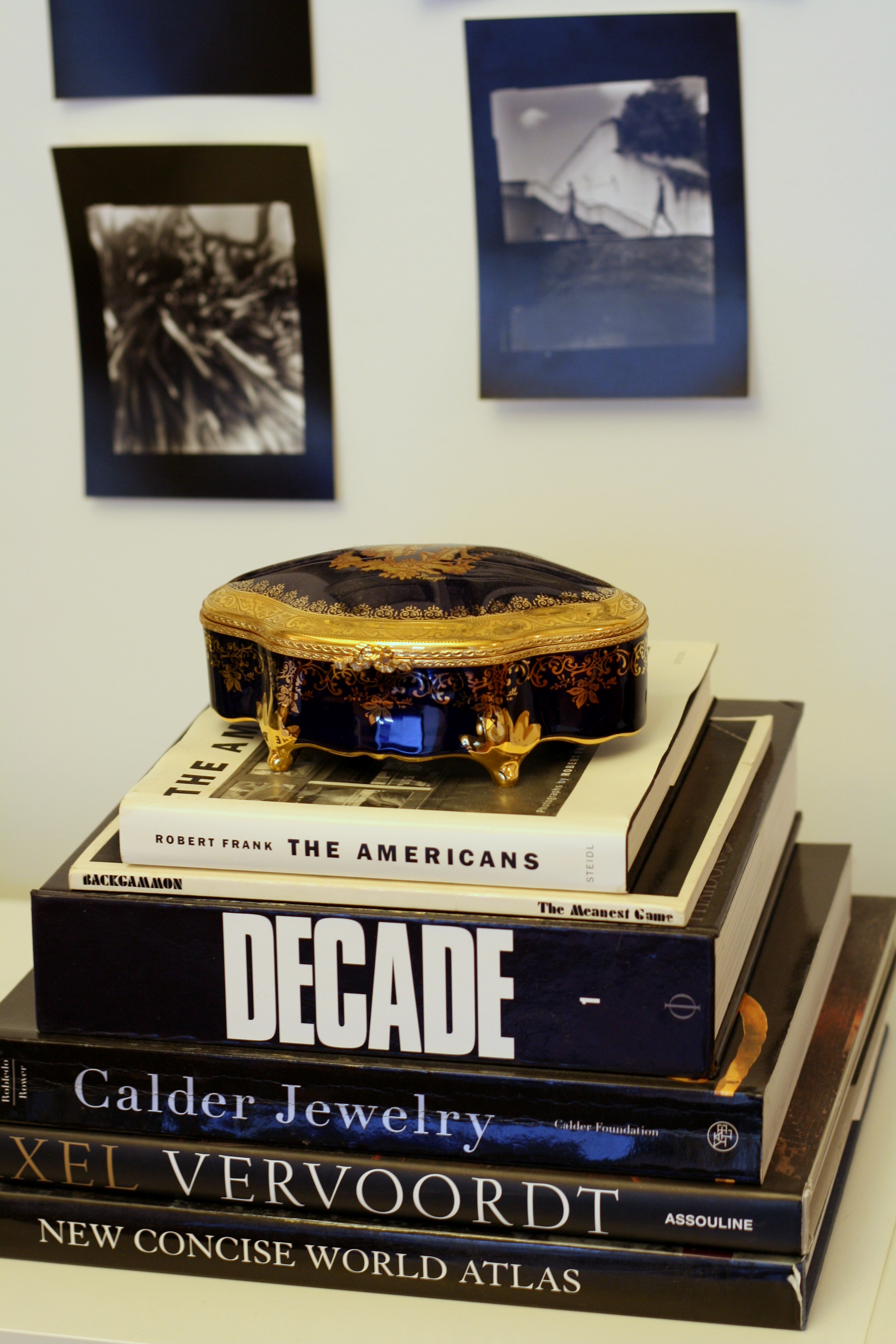Consistency. It’s one word that I’m not very good at using. One day I love the minimalist designed house in the country, and the next the house in the city with the baroque influence. Sometimes I really think I have design schizophrenia. However, my struggle with consistency is ultimately good because it reminds me how important it is to be consistent.
Well, what is consistency exactly? Consistency is a noun meaning conformity in the application of something, typically that which is necessary for the sake of logic, accuracy or fairness. From the definition, we can assume that consistency is important because it gives a sense of logic to the space and helps us understand it. When there is consistency a house, collection, wardrobe or outfit feels pulled together. It can be said to have a ‘style’.
I really noticed the importance of consistency when I was looking at Mark. D. Sikes’ work. In fact, in a blog post he wrote about his feature in House Beautiful, he mentions that it’s part of his design philosophy. He says: “The Design Philosophy was based on carrying consistent threads throughout to create a flow.” He mentions that in his house, these threads are “beautiful lighting, symmetry balanced with scale, and an eclectic, artful arrangement of furniture.”
Whether you call it consistency, common threads, or good bones, in order to have a successfully executed space, wardrobe, or collection you need sameness. You need something that pulls it all together. In today’s day and age, it can be very hard to settle on sameness as there is so much new and different to be had. Yet it is picking consistency over schizophrenia that ultimately allows one to be stylish.
